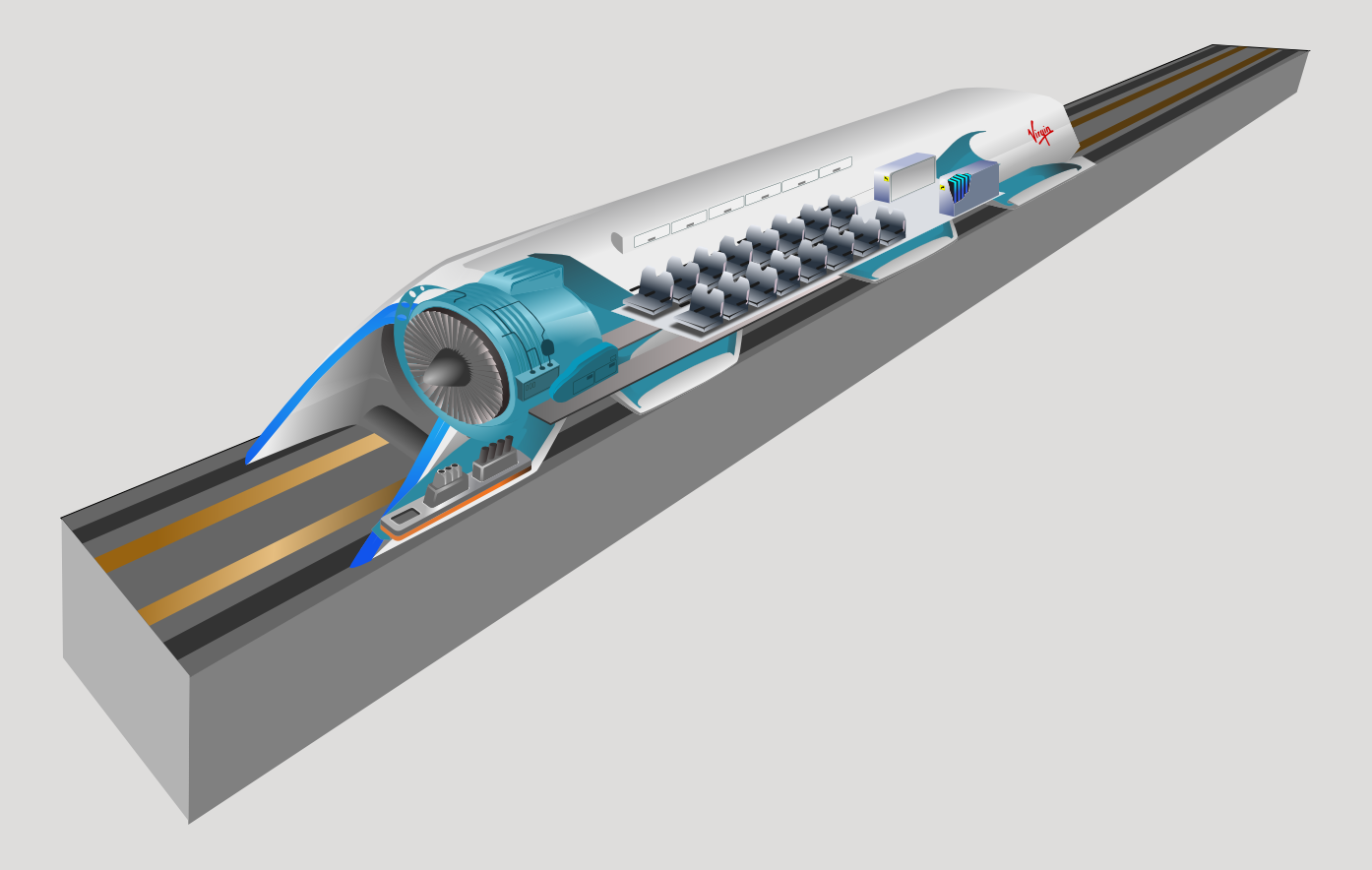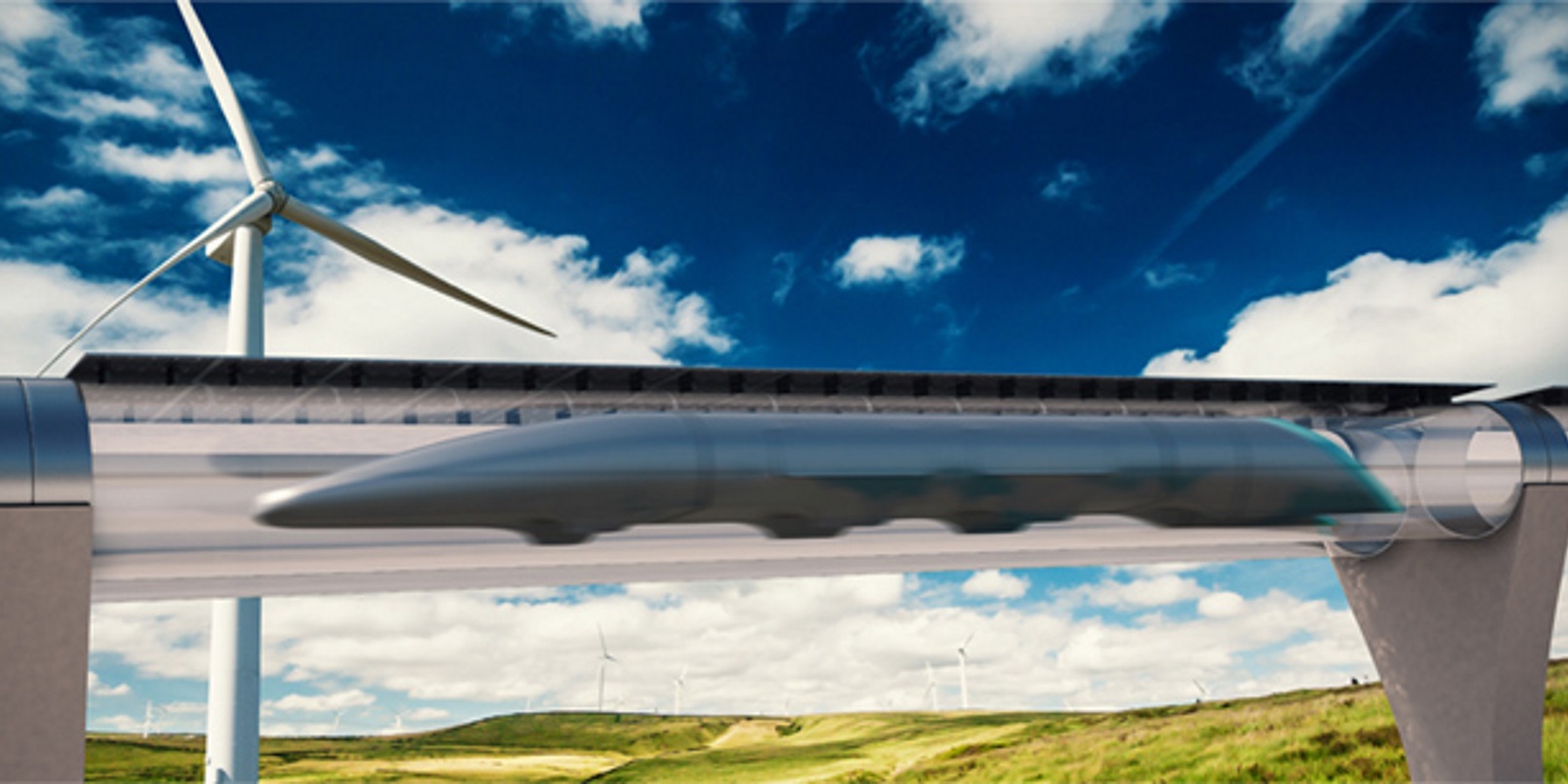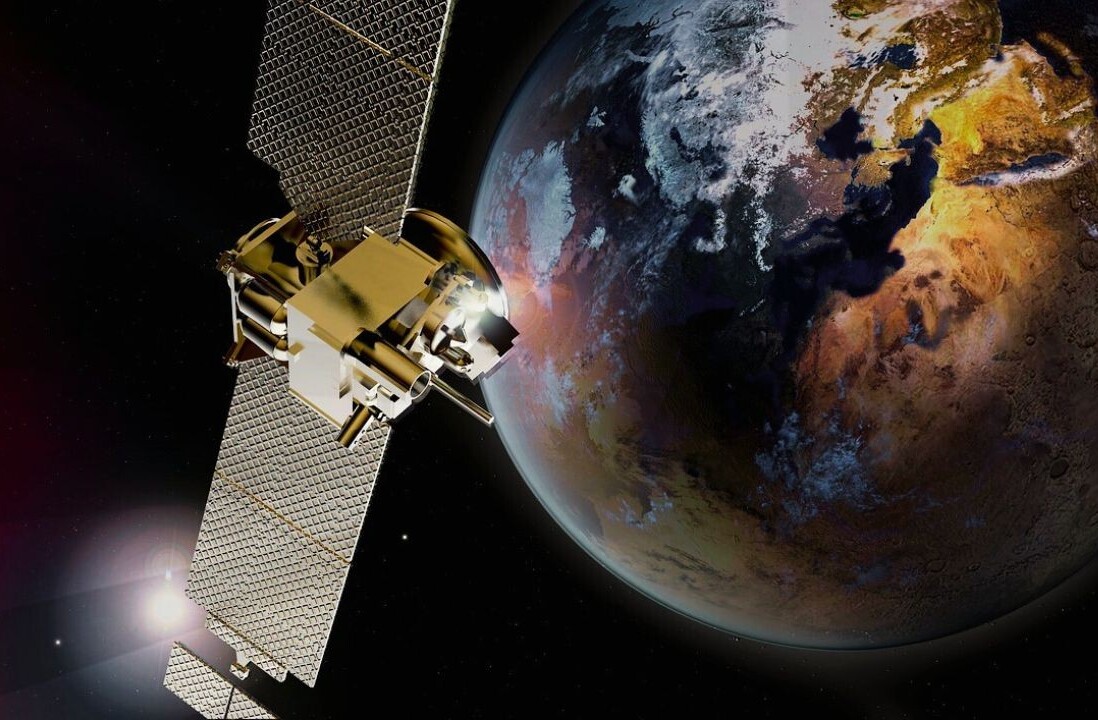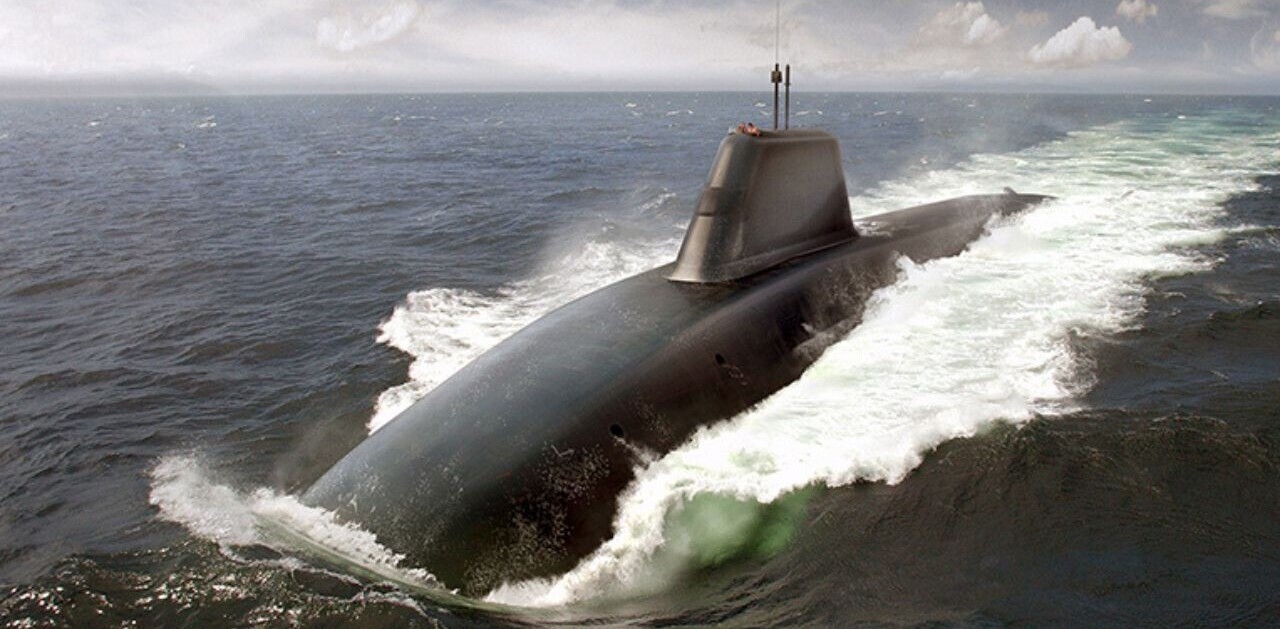
You might have heard people talking about hyperloop technology. Most likely, they’re wondering why they are still talking about it and when/if it will arrive.
It’s a big topic, but we’ve got you covered with an easy-to-understand explanation of all you need to know.
Where has hyperloop tech come from?
The hyperloop idea came into public consciousness in 2013 when Elon Musk introduced the concept in a research paper that posited the Hyperloop as “a fifth mode of transport after planes, trains, cars, and boats.”
It’s not a new idea. Mechanical engineer George Medhurst created and patented the idea of a railway to move people or cargo through pressurized or evacuated tubes in the 18th century.
The idea of pressurized tubes has been further refined and developed in various iterations. The most commercially successful example is maglev trains in the 1960s. These are high-speed electric trains that use two sets of magnets: one set to repel and push the train up off the track, and another set to move the elevated train ahead, taking advantage of the lack of friction.
There’s also The Hyperloop Pod Competition, an annual competition sponsored by Space X to design and built a hyperloop prototype. Some of the winning teams have scaled to become fully functional startups.
However, there is yet to be a commercially available hyperloop, and numerous companies are working on proprietary designs. This means we have various visions of different hyperloop systems that deviate significantly from the Elon Musk hyperloop.
We are yet to see a convergence towards certain technologies or parameters. Besides, what is now possible in hyperloop technology will change extensively as research evolves and the speed of innovation advances.
How does hyperloop technology work?

Hyperloop systems are long horizontal tubes. Electromagnetic force levitates and propels pods inside a near-vacuum tube to reduce air friction and drag. The pods effectively float on a frictionless magnetic cushion. The tube is a low-pressure environment that enables high speed for low energy consumption.
Within the tubes, pods travel for hundreds of kilometers at high speed, carrying passengers or cargo/cars between two locations — unlike trains, there are no stops along the way. The engineers can build tubes above or below ground. The aim is to have pods departing their destination in high rotation with low passenger wait times.

Why do we need a hyperloop?
Intercity and international travel are at capacity. There aren’t enough bus drivers. In many cities, overcrowded airports are unable to meet demand, and it’s often cheaper to fly than travel by train. Hyperloop promises to fill in that gap and deliver speed and sustainability to transport people and cargo alike.
What are the advantages of hyperloop tech?
Hyperloop technology offers several significant advantages over other modes of transport:
Speed
The technology aims to propel passenger or cargo pods at speeds of over 1000 km/h. This is 3x faster than high-speed rail and more than 10x faster than traditional rail.
Imagine a trip from San Francisco to Los Angeles in 30 minutes — a distance of around 559 km. Hyperloop travel from Frankfurt to Amsterdam is 439 km and would take a mere 50 minutes — it’s currently around 4 hours 26 minutes by car.
It’s as fast as a train but cheaper than conventional high-speed rail.
Lower carbon emissions
The hyperloop offers low-energy long-distance travel, running on electricity and solar energy. Solar panels on the roof of above-ground hyperloops could generate energy. The tubes could also store electricity with the help of batteries.
Further, freight traveling by hyperloop would alleviate the high carbon emissions of trucks.
Weatherproof
The hyperloop is less vulnerable to bad weather such as rain, snow, wind, and earthquakes. There’s no risk of train tracks buckling due to the heat in summer as with high-speed rail.
Less invasive
It’s easier to add layers of tunnels than a lane to a road. According to the Boring Company, stations could be as small as two parking spaces and thus easily integrated into city centers, parking garages, and residential areas.
Compliments current and future transport
The Hyperloop shape provides the capacity to build other transport above or below the hyperloop tube, such as moving sidewalks, walkways, and e-scooter and cycle paths.
City planners can create designs to combine access to flying taxis, autonomous vehicles and hyperloops.
Hyperloop criticism: What are the disadvantages of hyperloop technology?
While hyperloop technology promises a new fifth mode of transport, it has several negatives:
Costs
It’s hard to price the construction and infrastructure costs. For example, seals are paramount to the pod hatches and doors. They will require regular maintenance — problematic when you consider most cities struggle to maintain bridges, train tracks, and roads in the first instance.
Land acquisition is a significant challenge. A report into the commercial feasibility of hyperloop by NASA shared a cost of $25 – $27 million per mile for just the technology, excluding land acquisition, with the cost of an almost entirely underwater track specifically from Helsinki to Stockholm at the expense of $64 million per mile including vehicles.
Comparatively, California high-speed rail costs anywhere from $63 to $65 million per mile, and in Europe, the cost is $43 million per mile. However, those figures include costs of land acquisition but exclude train sets.
Hyperloop Safety
Safety is critical. Delft Hyperloop published a report in July 2020 which contends that the European hyperloop system needs at least the safety level of European commercial airlines in terms of passenger fatalities per passenger-kilometer. The report is design-agnostic and addresses potential safety scenarios in detail:
Fire safety
While the low-pressure environment prevents fire from breaking out in the tubes, a fire inside a pod is a real threat. The report recommends a system where mist and fire suppressants release automatically when it detects smoke.
Communication system challenges
How do you communicate within and to a hyperloop pod? The steel tube prevents wireless signals from reaching the pod. Further, due to the high speeds, pods often switch between communication cells, increasing the chance of handover failure, and temporary communication loss.
One option is Li-FI, a mobile wireless technology that uses light rather than radio frequencies to transmit data. LiFi is simpler than radio frequency communication and uses direct modulation similar to remote control units. LED light bulbs have high intensities and, therefore, can achieve substantial data rates.
Li-Fi is useful in environments that do not easily support Wi-Fi, such as aircraft cabins, hospitals, and hazardous environments.
However, cybersecurity is a significant threat to the hyperloop. The use of optical fibers could prevent hackers from physically intercepting communication signals.
Emergency evacuation
Evacuating a hyperloop is difficult as the tubes are designed to have a limited number of exits. The goal of evacuation is to enable passengers to exit the hyperloop safely.
Two ideas are posited:
- In-tube evacuation, which requires a locally pressurized tube through which passengers can walk towards the nearest emergency exit.
- Nearby pods can pick up passengers to speed up the evacuation process.
Or a combined evacuation that joins internal safe havens and in-tube evacuations together.
Security
Hyperloop technology makers anticipate pods that depart every 30 seconds to two minutes. However, the shorter the gap between pod departures, the greater the risk for pile-up in the event of an accident.
Frequent departure pods require constant passenger flow. This makes strict passenger and baggage screening difficult.
The road from here to Hyperloop

Despite the success of autonomous bullet trains in much of the world, many of today’s potential passengers greet the idea of traveling in a carriage in a tube as our ancestors would have viewed air travel – risky and unsafe.
For hyperloop to succeed, it requires a willing public. There are huge practical and psychological challenges before hyperloops becomes mainstream.
There are a fair number of companies creating their proprietary technology and a lot of questions remain —
- Will pods in the future be able to travel within other companies’ tubes?
- Who will be responsible for building the tunnels globally?
-
How will companies buy the land that houses the hyperloop?
Hyperloop technology offers a compelling glimpse into a future where people are highly mobile and opportunity is not limited by geography. The cumulative innovation and convergence of engineering, design, and software is creating transportation unimaginable decades ago.
Do EVs excite your electrons? Do ebikes get your wheels spinning? Do self-driving cars get you all charged up?
Get the TNW newsletter
Get the most important tech news in your inbox each week.




